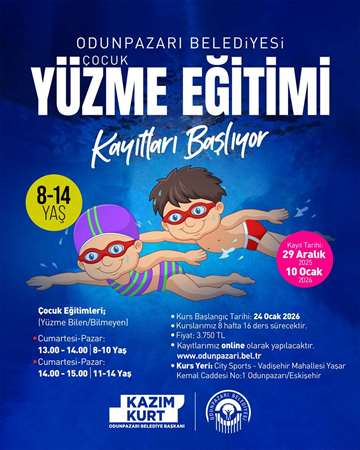The city is located on a flat land that Porsuk River passes through. It is thought that the Hittites established a settlement here in the 1460 B.C. Phrygians, who took over the management in 700 BC, founded Dorylaeum. In the following years, the city was under the control of the Romans and Celts. According to the rumor, the first people came here to hang sheep lungs and livers in different places around the Porsuk River in order to choose the appropriate region for them to settle. The aim was to choose the place where the liver lasts the longest time without decay. The first most suitable area for the settlement
was Odunpazari area and later Sarhöyük, the city of Dorylaeum. Until the Middle Ages, Eskişehir was known as Dorylaion and Doryllaeum. After the Phrygians, respectively, Lydian, Persians, Macedonians and Romans took Eskisehir under their rule.Then the city passed into the hands of Seljuks in 1074. The city, which was known as Sultanönü at that time, has developed quite a lot in terms of architecture.
In the Byzantine period, there were three important residential areas in the city. These are the regions called Dorylaion, the thermal springs area where is 3 kilometers west of Dorylaion area, known today as Hamamyolu (Ilıca) and
Karacahisar Castle which is located 11 kilometers north west of the city. Excavations and Byzantine coins found in the castle indicate that the castle was inhabited between the 7th and 11th centuries and settling continued almost uninterruptedly until the late Byzantine period. After settling in Söğüt, Osman Bey fought with Karacahisar’s feudal lord and defeated him and took
Karacahisar Castle in 1288. The first settlement in Karacaşehir is thought to be in a period after the conquest of Karacahisar by the Ottomans. It is seen in the Ottoman sources that the names of Karacahisar and Karacaşehir are sometimes used instead of each other. It is stated in various sources that Karacahisar Castle is an important castle where the first silver medallion was minted and Ottoman Empire was founded after reading the first sermon in 1299.
The city took its present name when the Turks settled in the region. Looking at the ruins of the ancient city here, they called the region as “the old city” which means “Eskisehir” in Turkish. Contrary to its name, the city is constantly
renewing itself and has traces from the Hittite civilization and especially many remains from the Phrygian Kingdom.
After the Ottoman - Russian War of 1877-1878, the city became crowded and developed with the emigrants. The real development period of Eskişehir was after the railway was built in the city.
-
Mayor
Kazım KURT
ODUNPAZARI MAYORDear Fellow Citizens; Today, we live in the digital age and online transactions have become more important with the epidemic we are experiencing. With the redesigned Odunpazarı Municipality website, you will easily make your online transactions and you will be able to report your wishes, complaints and requests to us with a single click.
I hope to see you in healthier, happier and more peaceful times.Kazım KURT - Corporate
-
News\Events
There is no actual events.
All Events
-
Projects
Environmentally Friendly Municipality Projects for Children And Young People Animal Friendly Municipal and Rural Projects Projects For Women Participatory Municipality Culture , Arts and Tourism Projects Social and Democrat Municipalism Sports Projects Open Municipality Municipality that Produces and Saves Superstructure Projects Projects for Elderly and Disabled Individuals Projects for a Green Odunpazarı
- Services
- E-Services
- Odunpazarı
-
Contact





